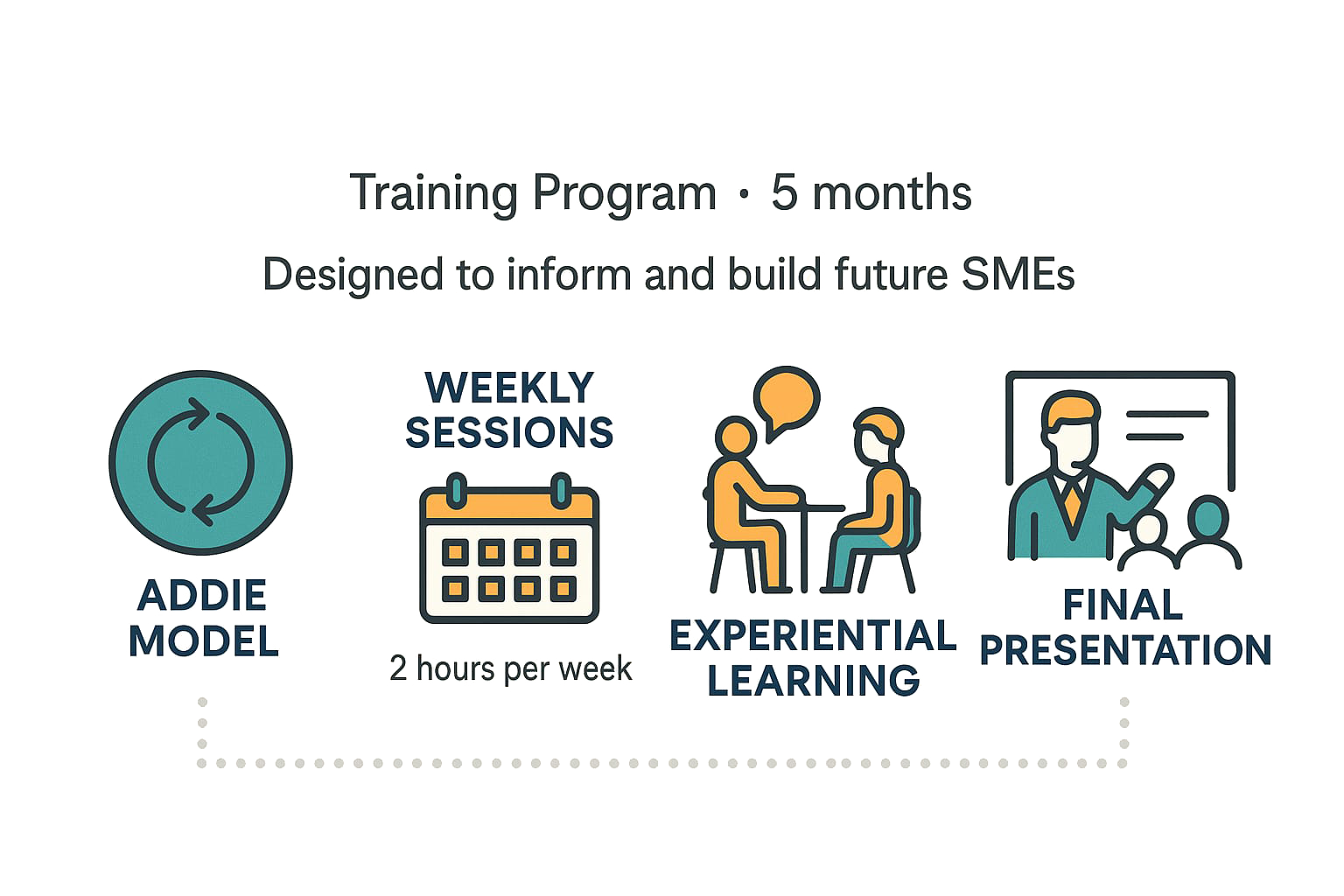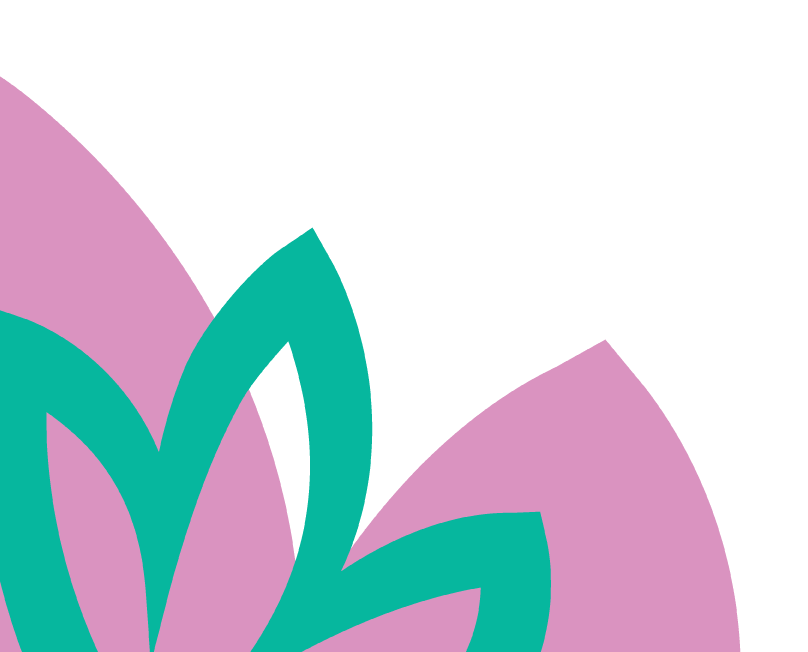Project C.A.R.E
Project C.A.R.E. was developed during my time at an outsourcing multinational. This was the second training course that I have created from my own initiative and experience, being familiar with the role and its challenges.
This time it was 5 months program training with modules spread out over this period.
Split into 5 big modules, with 4 sub themes per week, Project CARE is designed to be completed in a linear mode given the fact that at that time the in-person training was the only one available. Each topic was carefully chosen based on the current and relevant skills a S(ubject) M(aster) E(xpert) needs in a transition process.
At this moment in time there was no such training provided, and it was necessary because the company had a lot of transition processes and needed specialists ready for the role.
My role in developing Project CARE was both instructional designer and content creator whilst at the end of the creation process, I was also one of the training facilitators.
This is a very big project for 5 months including many competencies, multiple training facilitators with a selected board of directors that would evaluate each participant project at the end of the training course.
Role:
Years:
2018, 2019
Instructional Designer and Training Facilitator
Creating the first complete and comprehensive training course that would build future SMEs
Brief:
Excel, PowerPoint, LMS
Tools:
Skills:
Instructional Design, Presentation Skills, Training Delivery
The need and target audience:
The need was to have a full training program that built competencies that are necessary for an SME in a transition process. Before this training the employees that applied for this role learned by doing and often overwhelmed by the level of competencies required and speed of learning.
The target audience was the employees of the company from different departments from any role that was interested in a horizontal change of position.
Learning objectives:
Because I was familiar with the role, as being one myself for a couple of years, I knew the process inside out and was able to bring my own experience and lessons learned into the design of the process.
I began my scoping document by creating the needs assessment and a potential curriculum based on the description of the role and its responsibilities. The learning objectives of the program were:
role and responsibilities of an SME;
knowing their department at an advanced level;
getting familiar with the interconnected departments that interact with an SME;
how to map a process in our company’s tool;
how to estimate the required number of people for a transitioned process;
how to organize and record your travel and expenses;
how to live a balanced life while on a project as an SME How to communicate with the client.
Design process:
After I identified the needs, mapped out the learning objectives and the curriculum of the program, I have started to write content for each theme.
Because I was familiar with the role and was also a certified trainer, I was not only the instructional designer of the program, content creator, but also one of the facilitators.
The instructional design methodology used for this program was ADDIE and the learning design was an experiential approach with KOLB model.
That means that each theme was broken into smaller topics that were presented on a weekly basis (espresso trainings of 2 hours) that were either a presentation from one of the facilitators or a practical activity with debriefing, hands on practice and reflection.
Added to this structure was a final project that the participants needed to work on during the program and present at the end of the program in front of a selected board of directors. Consultancy hours were added to the program for the participants to receive guidance regarding their projects.
The implementation phase occurred when the program was launched, and the employees expressed their desire to participate.
The evaluation was through their final project and a feedback form.
Results and lessons learned:
After 5 months of rolling out the training program and supervising the evolution of the participants, the program and organizers received an overwhelming amount of praise, excitement and support.
It was confirmed that this program was necessary.
One of the confirmed suppositions was that this program was also to inform people and to educate the ones that want to stay in the program and finalize it, because one of the conditions was that they can graduate if they finalize their project. We had over 60 people that joined the program because most of them wanted to know more about the role and not necessarily apply for this role. 12 of them graduated from this program because they had an intrinsic motivation to be an SME after this program.
So, with this conclusion, the instructional design approach was to inform and educate, giving sufficient exposure to employees about this role and sufficient practical activities to embody the level of difficulty of this role and opportunity to grow the required competency.
I am proud of this project, as it challenged me as an instructional designer and trainer.


